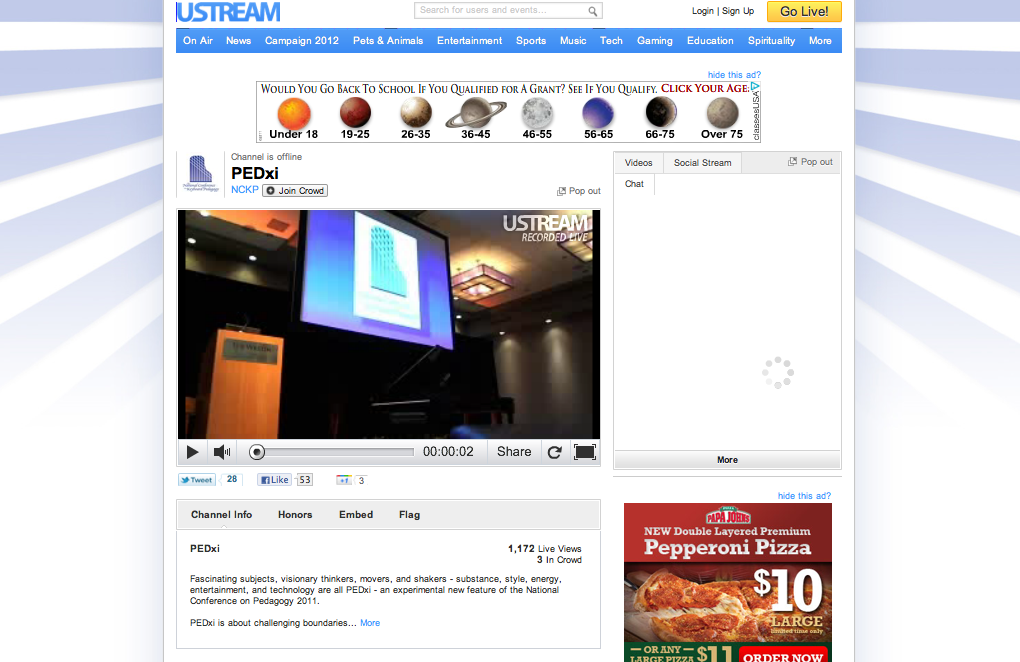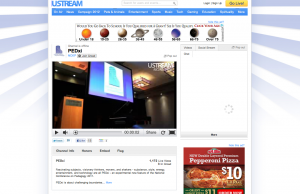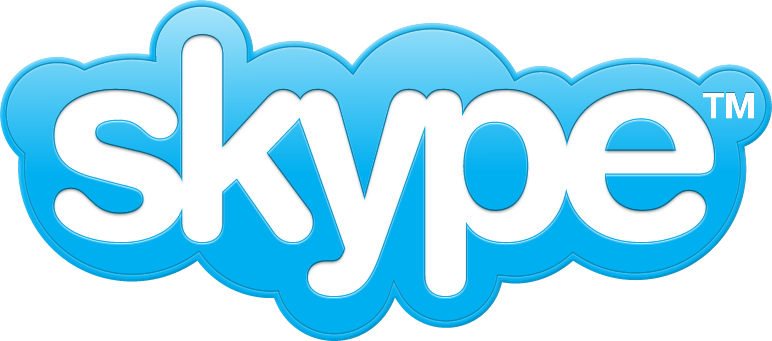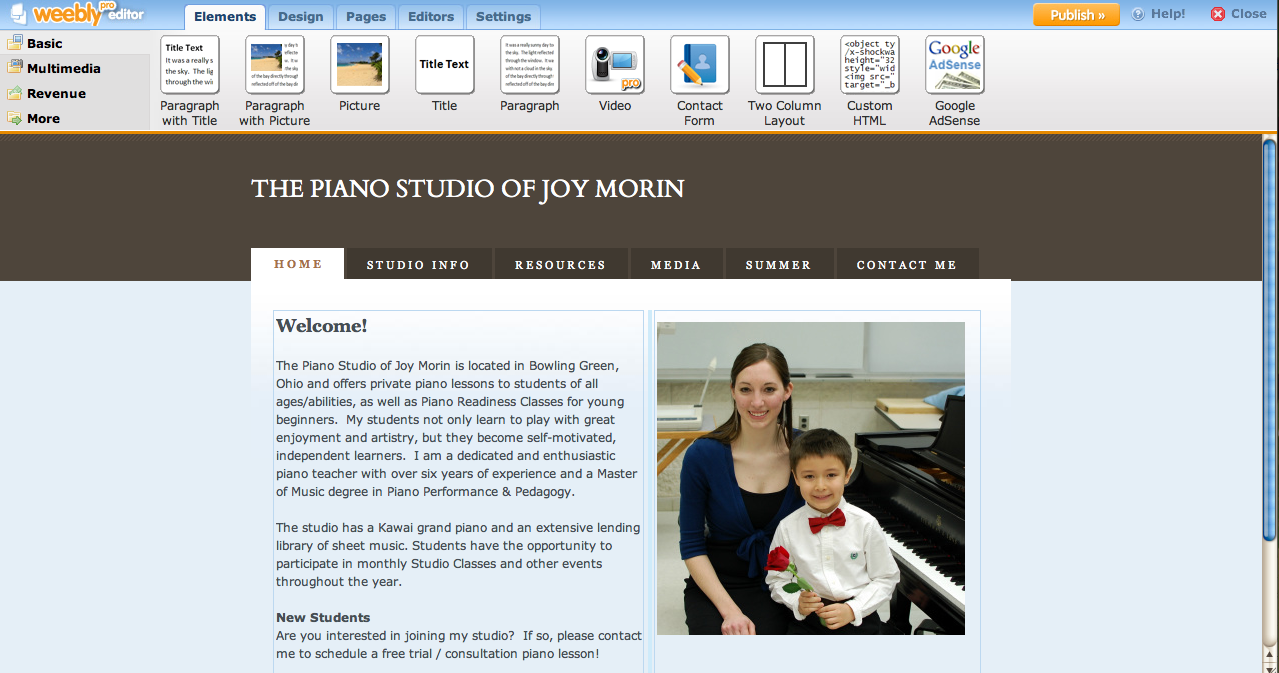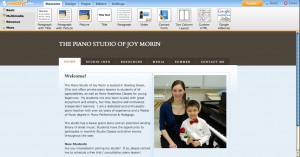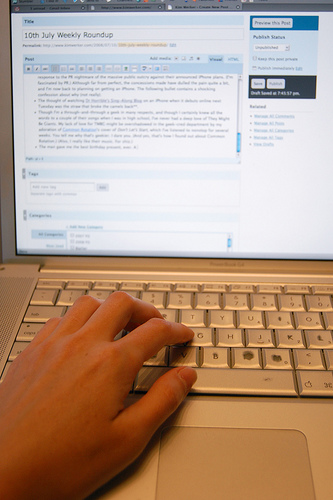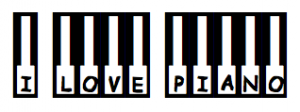I promised over a month ago that I would post a video so you could hear my new piano! I wanted to wait until after I got it tuned, of course, and recently I finally got around to recording something.
In this YouTube video, I’m playing a short piece I composed during undergrad called “Contemplation.”
This is a piece I composed in 2007 during my senior year at Hope College. It was written for an assignment for a Form & Analysis theory course for which we were supposed to compose a piece using the Schenkarian techniques we were studying in class. The structure of this piece is based on a descending line using scale degrees 3-2-1. This descending line is also used on a more micro level as a motive throughout the piece.
In the next video, I am playing a piece that my six-year-old student back in Central Michigan composed before I moved away. He composed a melody called “Goodbye,” and wanted me to compose the left hand part for it. I was so touched by his request! Continue reading “Hear my New Piano!”


